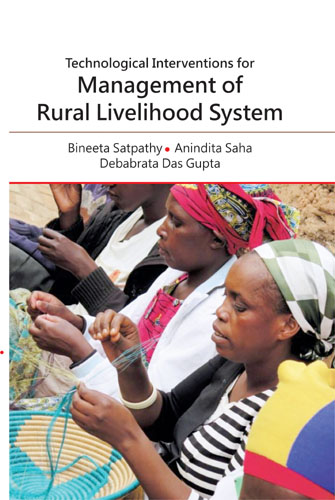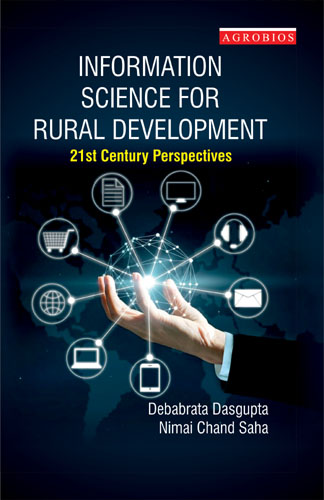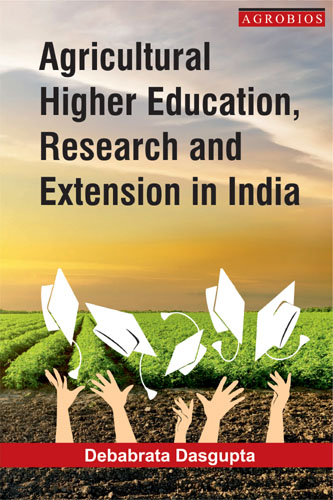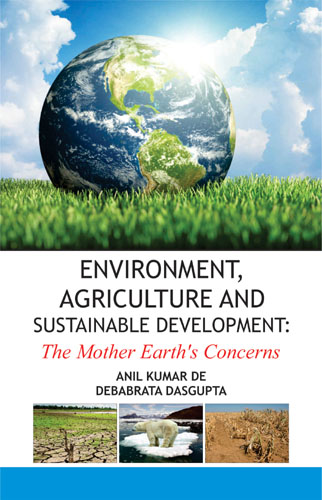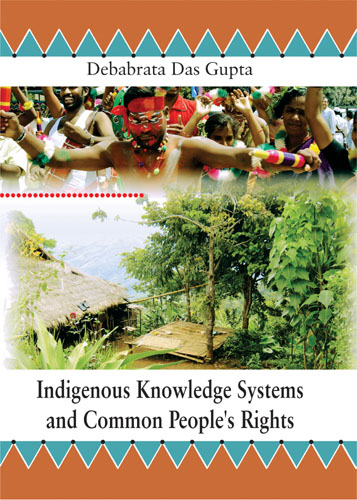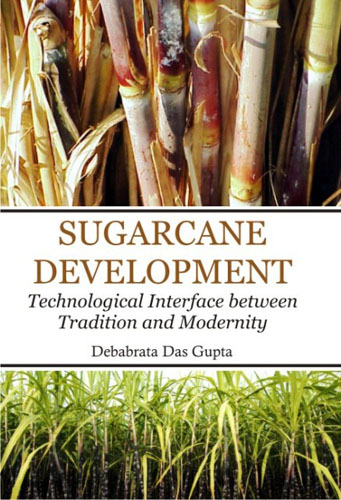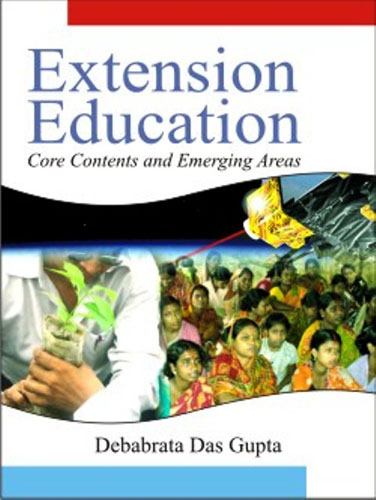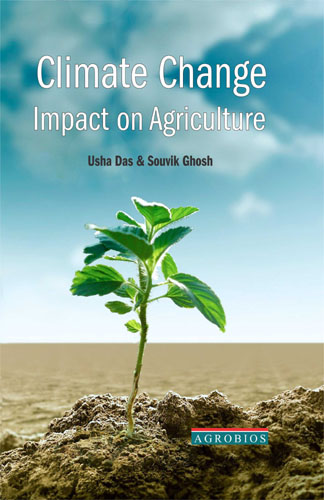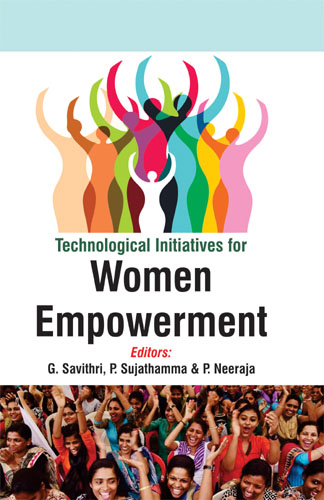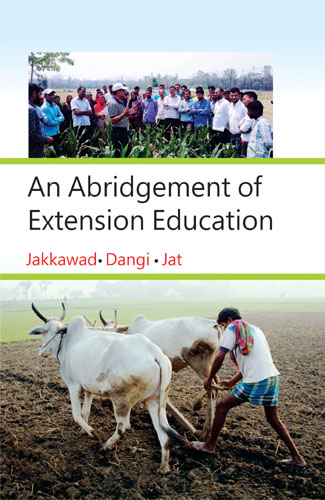Technological Interventions For Management Of Rural Livelihood System
Land Based Livelihoods of Small and Marginal Farmers are increasingly Becoming Unsustainable as their Land Has Not Been Able to Support The Family's Food Requirements and Fodder for Their Cattle. A New Paradigm of Rural Development Emerged That Takes a Broader View on the economy, incorporating economic actives other than farming, while highlighting the broad diversity of rural development processes. Such Diversities in activities may include farm, nonfarm and other non- agricultural activities, often linked with other activities carried out by rural as well non- rural households. The Evolution of the concepts and issues related to household food and nutritional security led to the development of the concept of household livelihood security (HLS). A focus on Livelihoods Puts Emphasis on (i) People and their Activates: (ii) the holistic nature of people activates; and (iii) the links between the micro and macro issues. DFID Stresses That there are given underlying principles to all approaches, where in poverty focused development activity as; (1) people centered; (2) responsive and participatory; (3) multi-level; (4)sustainable; and(5)Dynamic.
Technology is Viewed as a Means to make the Transition out of poverty effectively. However, it is essential to understand how new technologies are adopted in practice if their promise is to be fulfilled. Adequate Understanding of the process of technology adoption and its dissemination through various approaches is needed for designing effective research and extension programmes. Livelihood security is perceived primarily as food Security and has to be understood from the farmers perspective only. therefore, livelihood security is a subjective concept. sustainable livelihood (SL) Approaches put the Poor at the centre of analysis and aim to identify interventions to meet their needs and opportunities in ways not dominated by individual sectors or disciplines. this book is an outcome of an exploratory empirical Study for investigating into existing livelihood system in areas of Orissa and finding out appropriate methods to make technological interventions sustainable and assure that sustainable livelihood is overriding concern of farmers.
Dr. Satpathy B
555
Table of Contents..
- Introduction
- Rural Livelihood System
- Rural Livelihood System Conceptual Framework
- Research Setting
- Research Methodology
- Findings And Discussion
- Summary And Conclusion
- Bibliography
- Appendix
Table of Contents..
1.
Book Details
Book Title:
Technological Interventions For Management Of Rural Livelihood System
Technological Interventions For Management Of Rural Livelihood System
Book Type:
REFERENCE BOOK
REFERENCE BOOK
No Of Pages:
202
202
Color Pages :
0
0
Color Pages :
0
0
Book Size:
AMERICAN ROYAL (6X9)
AMERICAN ROYAL (6X9)
Weight:
550 Gms
550 Gms
Copyright Holder:
All Rights Reserved
All Rights Reserved
Imprint:
M/s AGROBIOS (INDIA)
M/s AGROBIOS (INDIA)
Readership:
EXTENSION WORKERS | SCIENTISTS AND RESEARCHERS |
EXTENSION WORKERS | SCIENTISTS AND RESEARCHERS |



